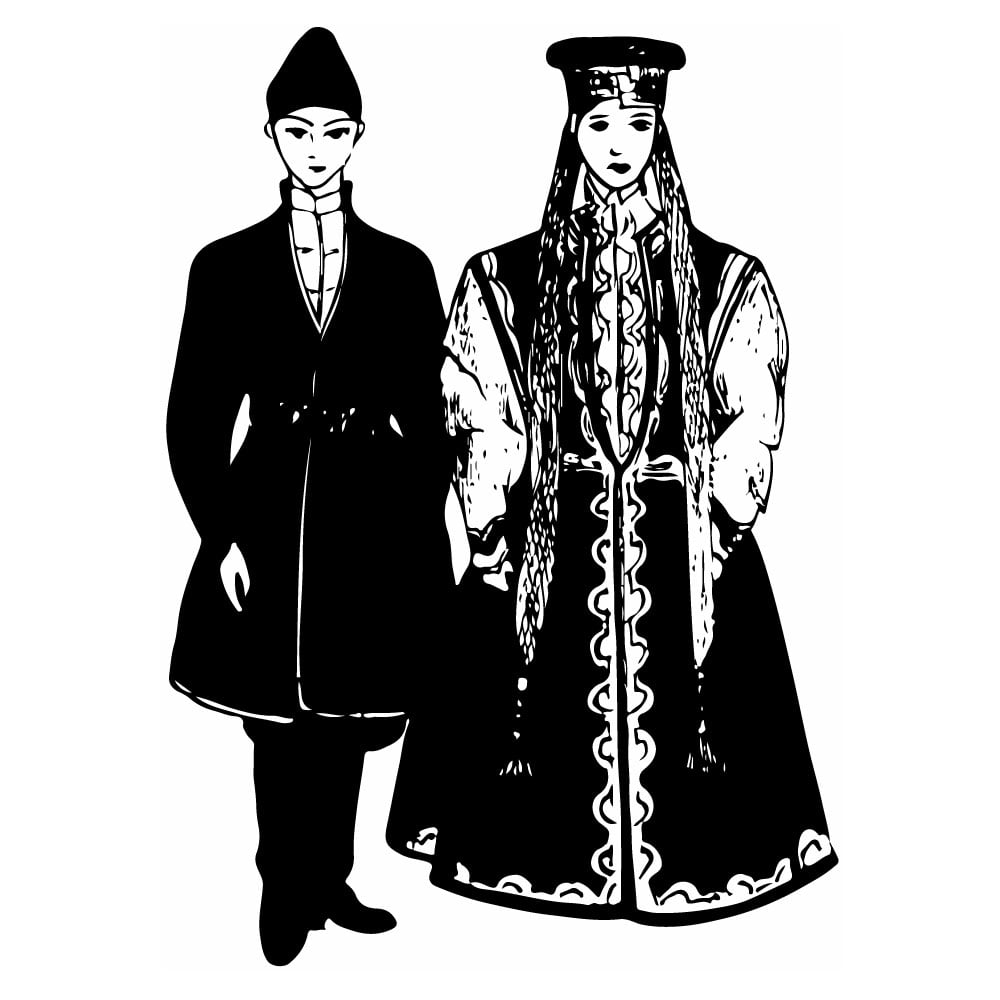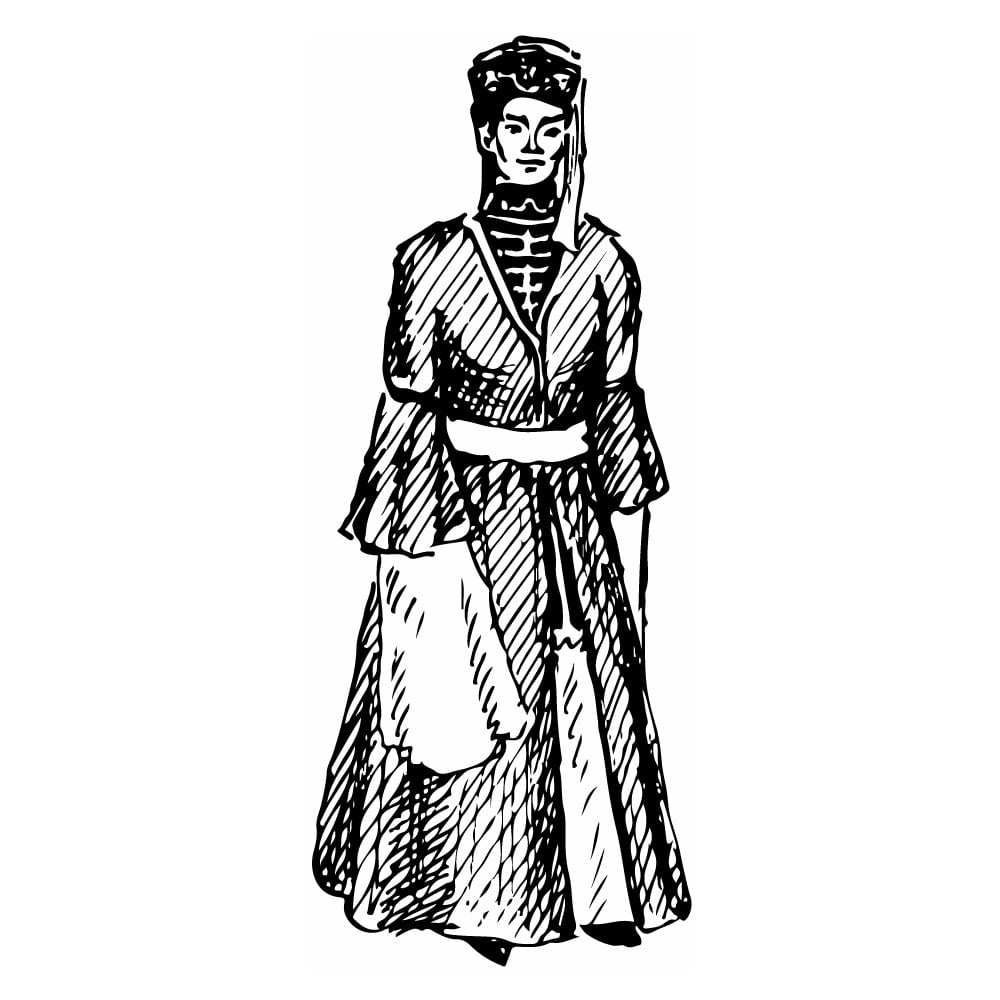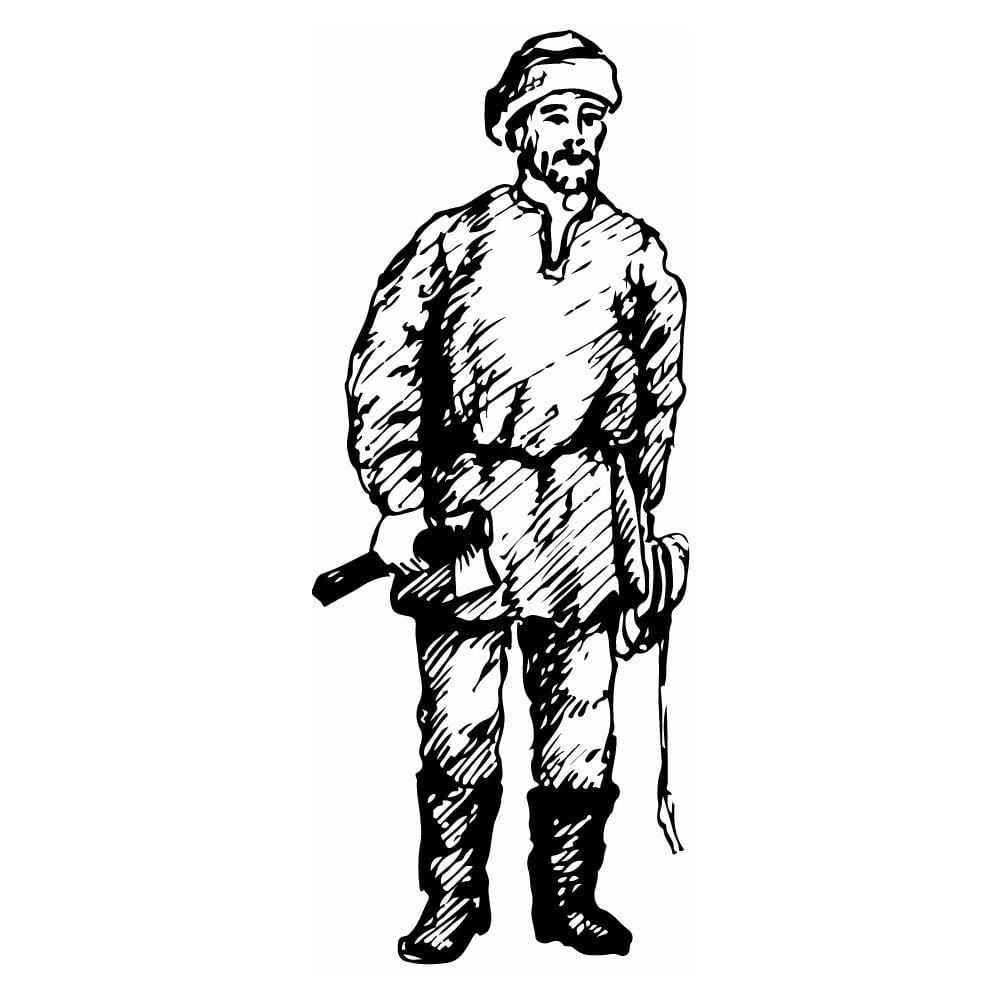Veps
| Population | 12,000 |
| Language group | Finno-Ugrian languages |
| Language | Veps |
| Region | Karelian Autonomous Republic, some districts of Leningrad and Vologda regions |
| Religion | Christianity/Orthodox |
*Population estimates for 1994
The Veps (Vespsa, Bepsa or Ludinkau as they call themselves) stand close to the Karelians. Several clusters of this people can be found among Russian population in several districts of St. Petersburg (former Leningrad) and Vologda regions, also in Karelian Autonomous Republic.
The question of Veps ethnogenesis has not been answered as of yet. Moving westward, the ancestors of the present Veps inhabited the areas between Ladoga and Onega lakes on one hand and the White Sea on the other. The separation of the Veps from the Baltic-Finnish population was probably noted by Jordan, the German historian, in the sixth century AD. He mentioned the tribes that were later called by Russians the Veps.
The end of the eleventh and the beginning of the twelfth centuries was the time when the ancient Veps created a highly developed culture. Although later records about the Veps were not available, the main bulk of this people did not dissolve in the neighboring population and continued to exist under the name of Chud.
In the past the Veps were occupied with rather backward agriculture. Nowadays the most profitable agricultural branch is live-stock farming. The Veps have always raised cows, sheep, and poultry. Since the second half of the nineteenth century timber-cutting became an important constituent of national economy providing the workers good wages. In 1920s they began industrial exploitation of the building stone fields.
As far as the national clothes are concerned, they stopped manufacturing traditional dresses at the beginning of the 1930s. Common urban clothes are preferred everywhere. Previously the Veps used to put on trousers and a long tunic with waist girdle (a caftan) over their linen. The tunic was made of thick semi-wool cloth. Women wore tunics of the same cut and cloth put over their shirts (ryatsyn) and skirts (yupn). Holiday clothes were more attractive. It is interesting to know that the fiance wore special white linen wedding trousers embroidered on the sides and fringed at the bottom. The Veps had unique winter hats made of hare fur. Men also wore kerchiefs (kaglan paik) on their necks. Today, national clothes are not usually used, only few elderly people use some items of traditional garments. They are ladies’ kerchiefs and warm wool knitwear.
Veps is the people’s native language; however, they also speak Russian. Almost all Veps work in agriculture.
The Veps are Christians, although in many villages there still are some pre-Christian beliefs. The Veps consider the outside world to be filled with spirits. They are wood-goblins living in the forests and water spirites inhabiting lakes and rivers. The Veps believe that spirits have their own families and children. But generally Christianity has not lost its significance. The Veps celebrate church and national holidays.
Unfortunately, Veps folklore has not been studied properly, although they have very rich vocal heritage. The songs are many and of different genres. The Veps also have fairy-tales and witty sayings. They are also notable for their applied art such as dress and other cloth items, wood and birch bark articles, earthenware and pattern decorations. Printed cloth, fretwork and ceramics are particularly interesting.
This is Ad 1





























